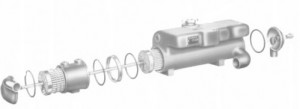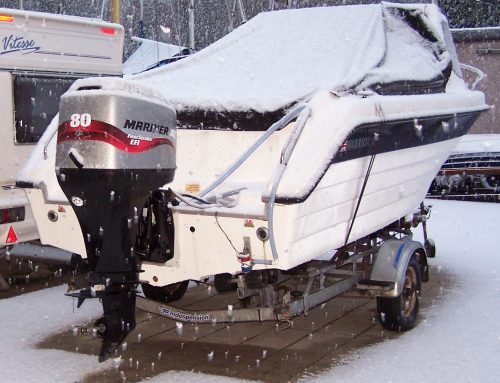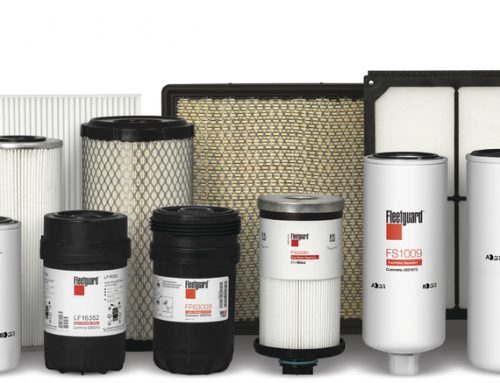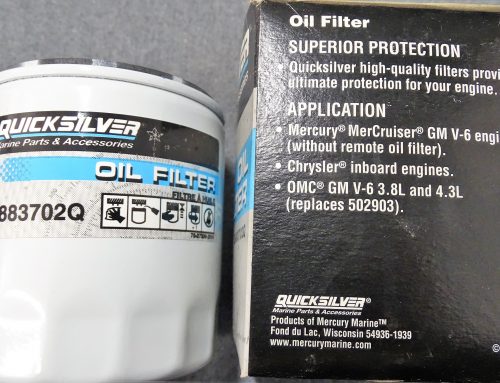Boat engine heat exchanger service
Following on from our blog on overlooked maintenance items on your boat engine, we will now delve deeper into the purpose of its heat exchanger. During a service the boat engine heat exchanger service should also be considered. The heat exchanger on your boat is there to regulate the temperature of the fresh water and antifreeze mix (fresh coolant) which cools the boat engine.
Most marine engines have fresh coolant which is pumped around the engine to keep it running at its optimum temperature. When the engine reaches its optimum temperature, the fresh coolant also needs to be kept at this temperature.
The optimum engine running temperature is achieved by:-
the thermostat opening and closing, allowing the fresh coolant to pass through the engine.
the fresh coolant being passed through the heat exchanger.
The heat exchanger is basically a tank in which the fresh coolant passes through. There are copper tubes located within this tank which has the sea water (at seawater temperature) passing through them. The fresh coolant (with a temperature of around 800C) is pumped through the tank and comes into contact with the cooler copper tubes. These tubes are cooled by the seawater supplied by the engines raw water pump (seawater pump) so that the temperature of the fresh coolant is lowered enough to allow the thermostat to continue to regulate the temperature of the engine.
Without the heat exchanger, the temperature of the engine would continue to rise as it works which in turn would cause the fresh coolant temperature to rise to boiling point, resulting in the engine overheating and failing.
During the heat exchanger service, both the seawater and fresh water parts of it need to be striped and cleaned. This is done by removing the end caps on it and sliding out the bundle of copper tubes. The engines cooling systems need to be drained for this to be completed. After cleaning in a specialist bath and fluid, the heat exchanger should be re built with new seals and pressure tested for leaks. New fresh coolant (fresh water and fresh antifreeze mix) should be added at this time.
The antifreeze does two jobs:-
it stops coolant freezing in cold weather
it minimizes corrosion of the fresh cooling system and the cooling passages in the engine.
The engine should now be run and checked for leaks etc. Then that should be it- job done!
If your engine temperature starts to rise above normal when working hard it could well be that the heat exchanger needs a service. A visit from one of our trained engineers would confirm this and if you wish we could also carry out this work for you.




